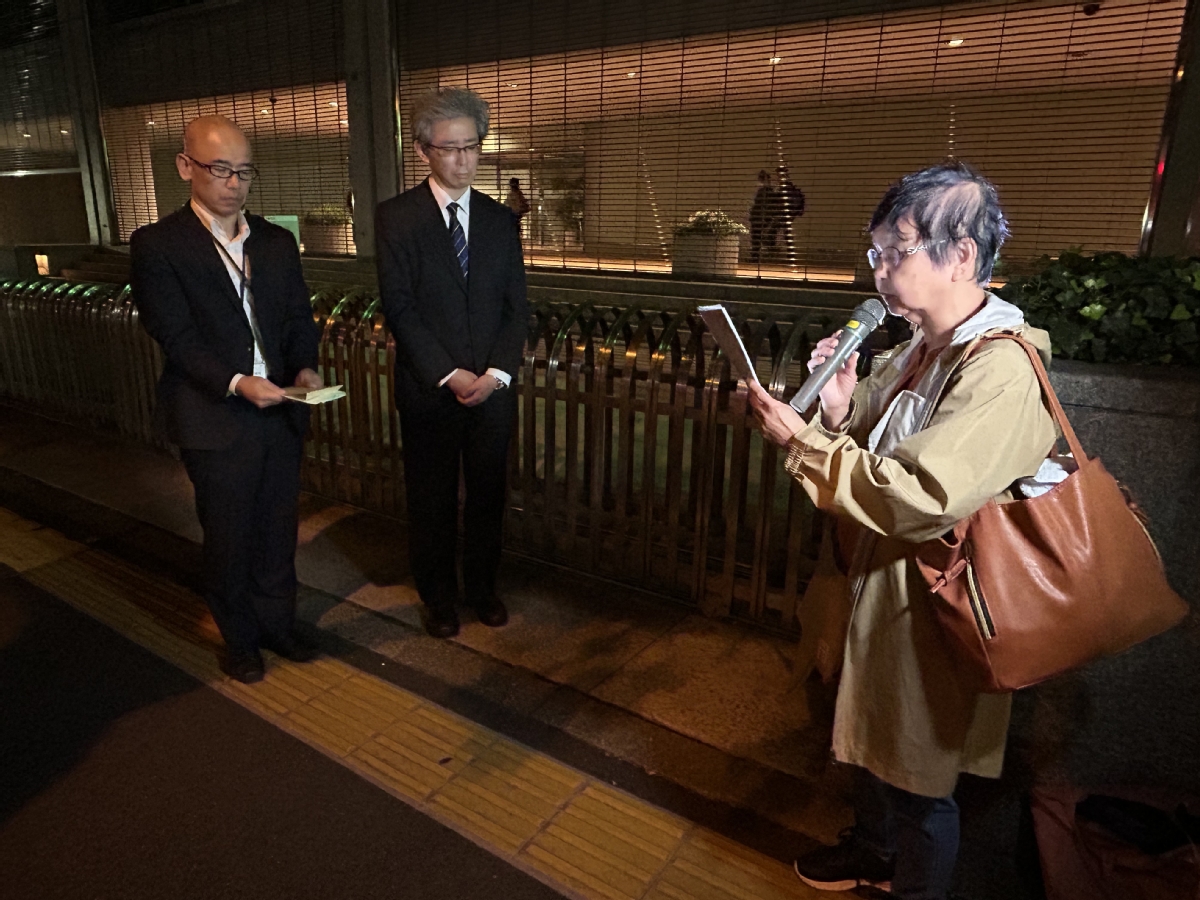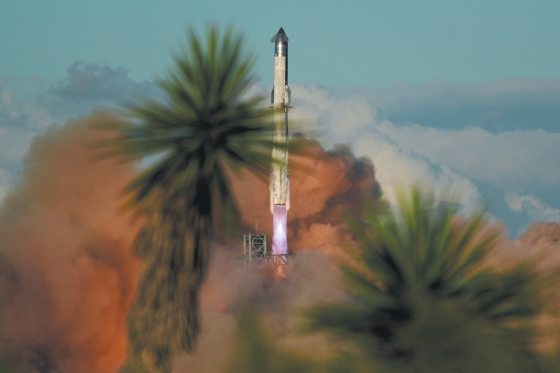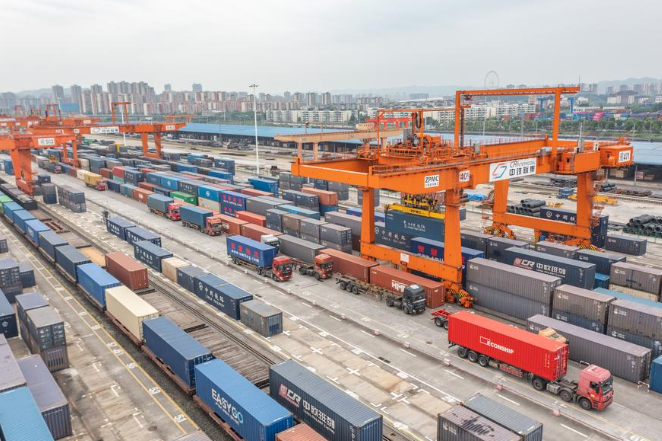Japanese protest against further discharge of Fukushima nuclear-contaminated water


In a written reply to China Daily, Masahide Kimura, a member of the Japanese civic group No Nukes Plaza Tokyo, said: "TEPCO and the government did not make a clear and easy-to-understand announcement about the analysis results of the so-called ALPS treated water, which makes me suspicious."
As the exact quantity of the presence of radioactive isotopes is not clear, Kimura said he believes that there is a possibility of negative impacts on the marine environment and human health. He called for the immediate establishment of an international monitoring system that will be effective over the long term.
Last week, two male workers, employees of a partner firm of TEPCO, were hospitalized for decontamination and observation after they were exposed to nuclear-contaminated water while cleaning pipes at the Advanced Liquid Processing System at the Fukushima plant.
During the operation, a hose used to transfer nuclear-contaminated water to a tank went loose, leading to the splashing of approximately 100 milliliters of radioactive water, The Asahi Shimbun, a daily newspaper in Japan, reported.
"At the site of nuclear-contaminated water treatment, various accidents are possible. For instance, rising tides could potentially block the pipelines, and rats entering the area could lead to accidents. Many things are unpredictable. Therefore, TEPCO should indeed take measures to prevent accidents at the site and should be highly vigilant. However, from a technical standpoint, this is very difficult to achieve," said Masashi Goto, a former nuclear power plant engineer and a member of the Citizens' Commission on Nuclear Energy.
In the face of external doubts regarding Japan's policy of discharging nuclear-contaminated water into the sea, the Japanese government always uses the International Atomic Energy Agency to endorse it and emphasizes the scientific nature of their own plan.

































